CAVALRY
AKINCI
Border areas between the Ottoman Empire and whoever was unlucky enough to be on the other side were place of continual strife and low-level warfare. In such circumstances raiding and counter-raiding was the principal activity of the light cavalry. This was the kind of war in which the Ottomans excelled as their raids would ruin the largely agricultural economy of their opponents. The main blow would inevitably follow and the decisive battle would be fought against an enemy already shaken and bleeding.
Both in guarding the borders and raiding, the Akinci light cavalry were the Ottoman Empire’s watch dogs. They would strike deep into the enemy’s rear (at times going as far as Friuli, the mainland of Venice) and retreat with tens of thousands of slaves. The Sultan would further encourage them with promise of coin for the head of every slain enemy soldier. The akinji had the grizzly habit of taking the heads of fallen enemies which brought fear into the hearts of their enemies.
They were useful in a set piece battle as well, and many victories were secured by their timely charge at the exposed rear or flank of the enemy, the battle of Mohach being one such example. On campaign they would range far and wide, securing river crossings, foraging and gathering intelligence, as well as denying the same to the enemy force.
The akinjis were very cheap to recruit and maintain, as they were irregular cavalry. They fought for the prospect of the spoils of war, and would disperse as quickly as they assembled; only to come together again as the need arose.
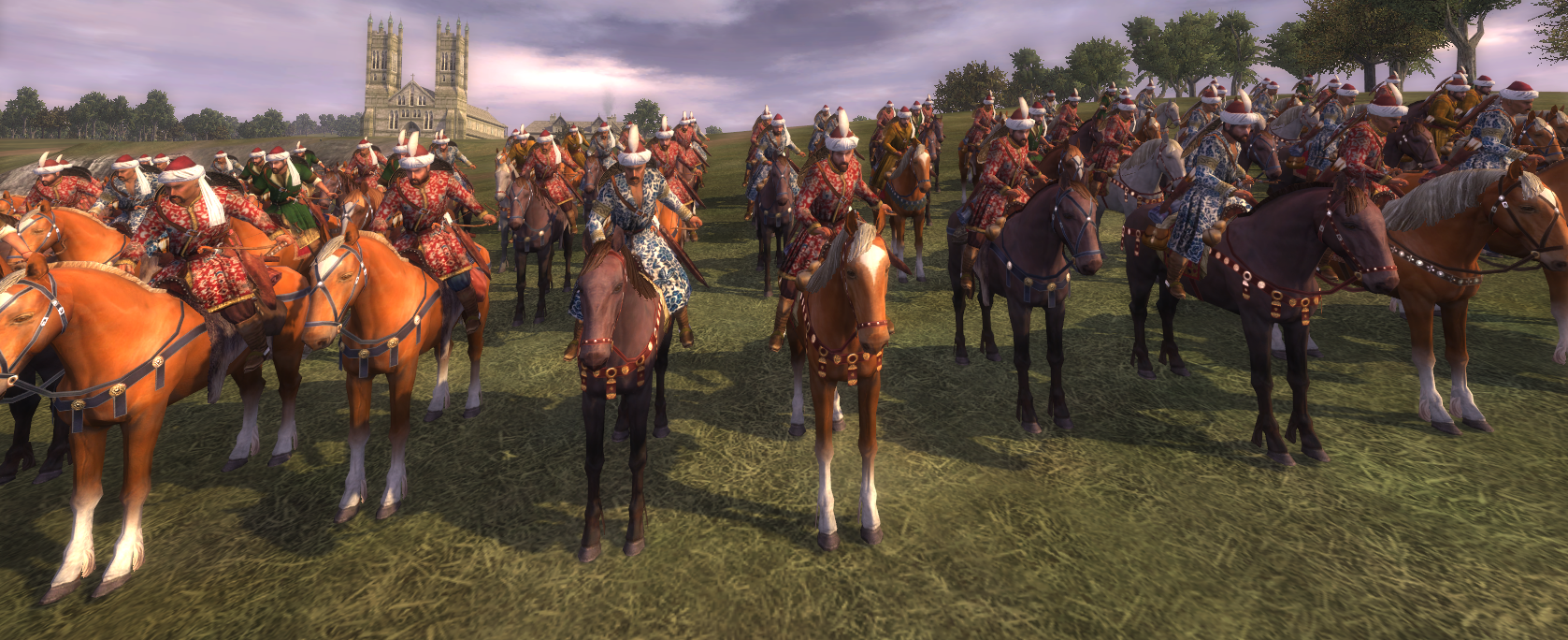
SCREENSHOTS
TURKOMAN TRIBAL CAVALRY
The Turkmens also known as the Oghuz Turks were one the largest of group of Turkic tribes in 8th century. They mainly inhabited the east of the Caspian sea and the Aral lake. In the 10th century formainly political reasons a large part of the Turkmen left their ancestral lands and moved south into the lands of Khwarezm and Khorasan. Under the leaders Tughrul and Chagri Begs they formed a new political entity and rapidly conquered large part of middle east. Their first raids into Anatolia also started during this period, although the first moves with the intention of conquering Anatolia started after the Battle of Manzikert. With the help of weakened Byzantine defenses, Turkmen waves rapidly overran the country and under the Seljuks of Rum permanently established themselves in Anatolia. That was the first Turkic wave into Anatolia, the second and way bigger wave started after the Mongol Invasion in Central Asia and Middle East. Hundreds of thousands of nomads flooded into Anatolia in waves and rapidly overran the last remaining Byzantine bastions of western Anatolia. Under the lead of their Begs they established their own political entities. Ertughrul, father of Osman was also one of them. Being from Turkic stock they are skilled riders and archers although their undisciplined behavior has always been a problem and therefore one should not completely rely on them.
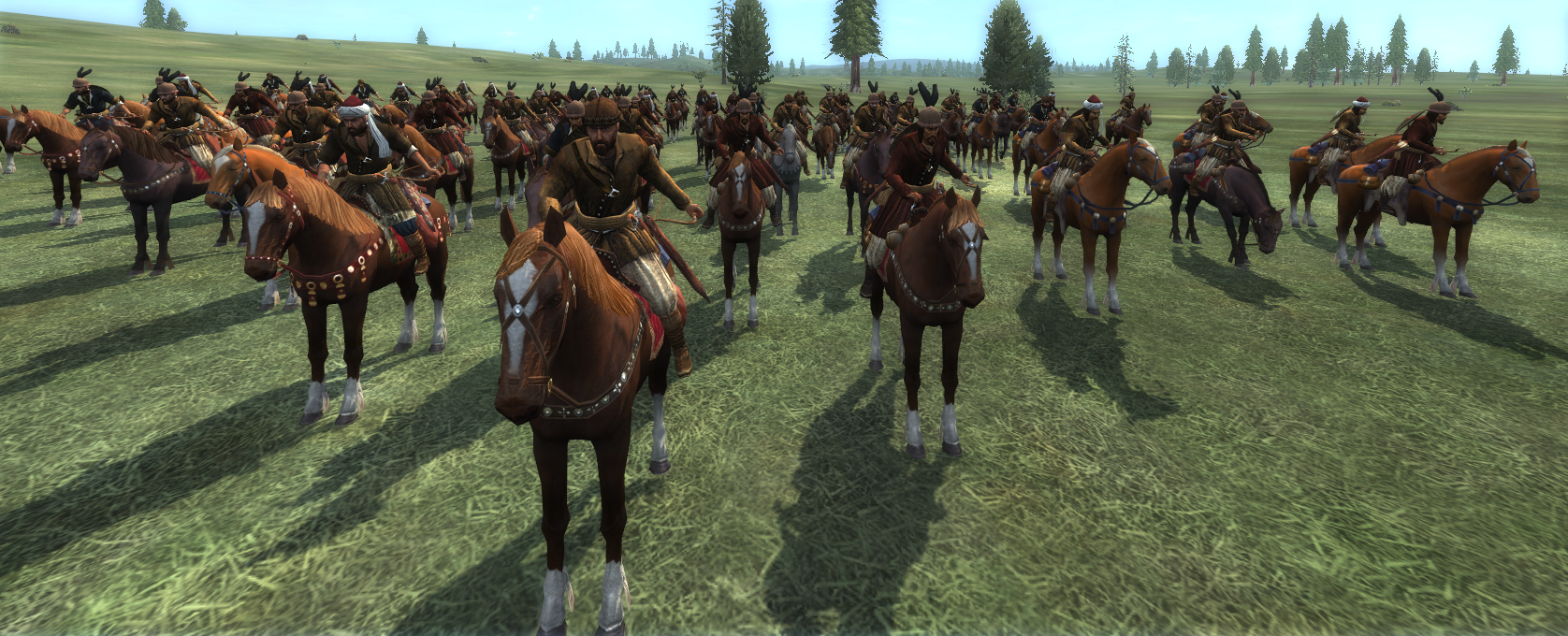
SCREENSHOTS
DELI LIGHT CAVALRY
The Delis were a proffessional unit of Serhadkulu(Frontier Corps) presumed to be raised in large extend first by Gazi Husrev-Bey and Yahya Pashazade Bali Bey in Bosnia in the rule of Suleiman I. Its arguable if their name comes from "Delil" or "Deli" but they were called Deli ("Mad") by the ordinary people because of their frightening looks and courage. Their opponents particularly disliked them, considering them and their ancestors to be traitors of the Christian faith. Due to this the Delis tended to get beheaded or impaled if captured. In turn, they would have no qualms about doing the same to those unfortunate Christians they would capture if no prospect of bounty was likely. Delis were experts in sword using, javelin throwing and horseback riding; and it is said that each Deli had to face at least a hundred enemy soldiers in battles. Their most important duties were to distract the attention of the enemy and harass them. With their frightening looks, they also caused the enemy morale to go down, and caused havoc in enemy lines. Even tough the delis didn't have a uniform, they were easily identified from their unorthodox and frightening clothes, such as bear pelts, animal skins, feathers and even whole wings attached to their shields and some of them even strapped small knives to their bodies. They usually carried sabres, lances, maces and later pistols as well.

SCREENSHOTS
NOKERS
Literally meaning "Companion", the Nökers were retainers of tribal leaders and noble warriors. Also known as Alps they were chosen from loyal and skilled warriors. They were the backbone of every tribal military entity. Financially aided by the ones they serve, the Nökers were equipped relatively good compared to other tribesmen. They fight in classical tribal ways, riding fast horses and using composite bows, sabres and lances with high skill.
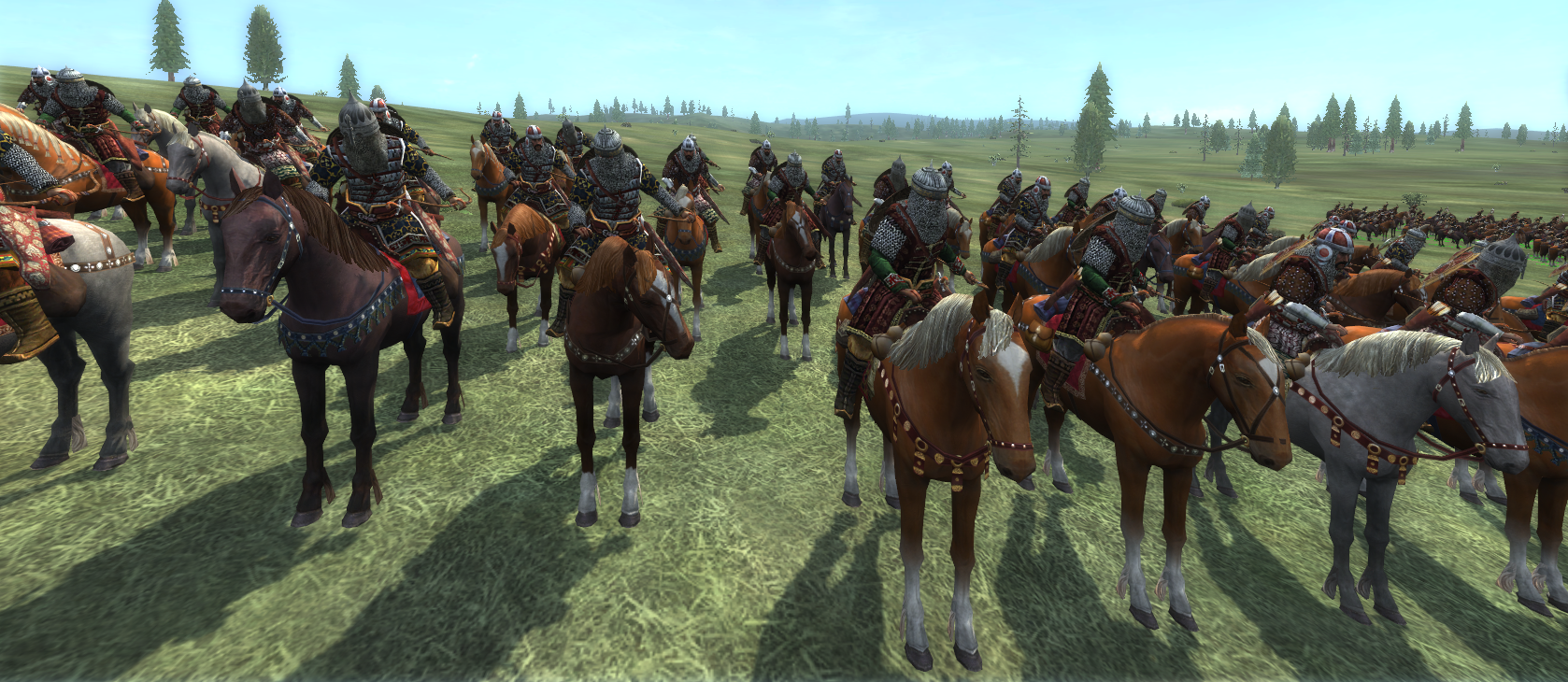 CEBELU LIGHT CAVALRY
The Jebelü or Cebelü were the light cavalries trained and commanded by timarli sipahis. Although they were mostly recruited from peasants, they were strictly trained and were experts of sword wielding and horseback riding. They usually didn't wear armor, but wore helmets and usually carried round shields. Their weapons consisted of classical Ottoman cavalry weapons: a sabre, a lance, a dagger, a composite bow and sometimes a mace. The Jebelu differed very little from the timariots who recruited them. Their equipment was somewhat lighter, but they fought alongside their respective timariots. Often they were prisoners of war or slaves and it was even more common for timariots to recruit their relatives and sons in order to ensure they would inherit their fief. Since the sultan was the owner of all land, including the timars, after the death of an obligator, the fief would return to the Sultan, to dispense as he saw fit, usually to grant it to another holder in exchange for military duties. By having their sons prove themselves as Jebelu warriors, the Jebelu ensured their offspring were first in line to receive their father’s timar fief. This ensured a further benefit – war was instrumental in Ottoman economy. New timars could only be secured through conquest and a way for young warriors to distinguish themselves was through warfare. The Ottoman state was a steamroller that crushed everything before it, but once it ran out of steam, it could not start rolling again.
CEBELU LIGHT CAVALRY
The Jebelü or Cebelü were the light cavalries trained and commanded by timarli sipahis. Although they were mostly recruited from peasants, they were strictly trained and were experts of sword wielding and horseback riding. They usually didn't wear armor, but wore helmets and usually carried round shields. Their weapons consisted of classical Ottoman cavalry weapons: a sabre, a lance, a dagger, a composite bow and sometimes a mace. The Jebelu differed very little from the timariots who recruited them. Their equipment was somewhat lighter, but they fought alongside their respective timariots. Often they were prisoners of war or slaves and it was even more common for timariots to recruit their relatives and sons in order to ensure they would inherit their fief. Since the sultan was the owner of all land, including the timars, after the death of an obligator, the fief would return to the Sultan, to dispense as he saw fit, usually to grant it to another holder in exchange for military duties. By having their sons prove themselves as Jebelu warriors, the Jebelu ensured their offspring were first in line to receive their father’s timar fief. This ensured a further benefit – war was instrumental in Ottoman economy. New timars could only be secured through conquest and a way for young warriors to distinguish themselves was through warfare. The Ottoman state was a steamroller that crushed everything before it, but once it ran out of steam, it could not start rolling again.
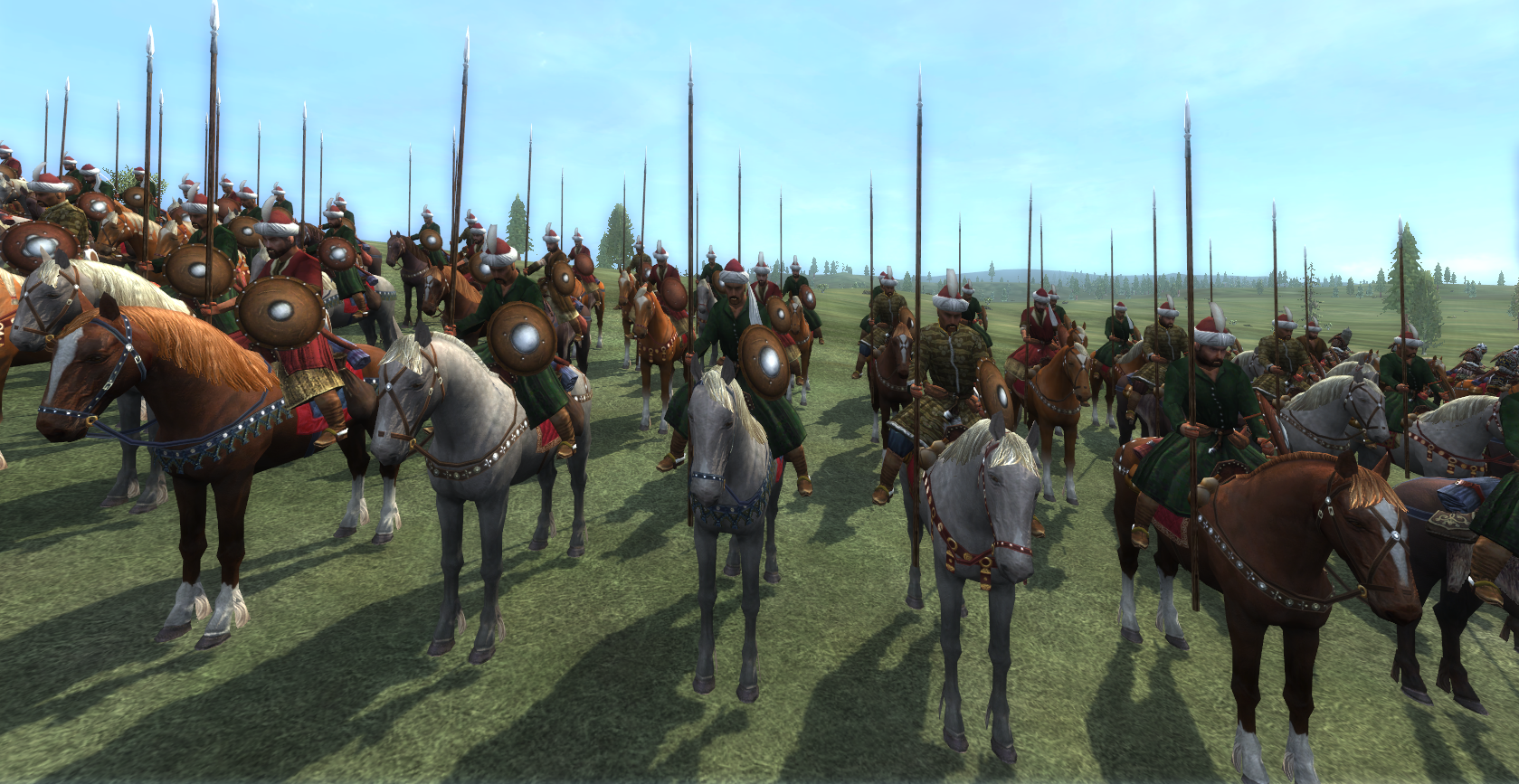
SCREENSHOTS
SIPHAI
The majority of the Ottoman cavalry were provincial feudal obligators called Timarlu. A timariot (or timar holder; timarlu in Turkish) was an irregular cavalryman that served the Ottoman sultan and in return was granted a fief called a timar. The timariots had to assemble with the army when at war, and had to take care of the land entrusted to him in times of peace. When at war, the timariot had to bring his own equipment and in addition a number of armed retainers (jebelu).
This way of recruitment was called as Timar System, which was similar to the Sui Chinese Fu and Seljuk Iqta Systems. The timarli sipahis can be considered as the equivalent of a Medieval European knight, and jebelüs as their men-at-arms.
Timarli sipahis never got monthly payments like the Kapikulu troops had; and instead, they supplied themselves with their incomes from their timar lands. If a timarli sipahi committed a crime, his punishment changed according to the level of that crime. Taking the timar land from it's owner was the worst punishment and was usually implied on the ones who didn't join the campaigns without any reason.
When on campaign, the timariots were organized into regiments called alays that were commanded by alay beys (or beg). Larger units were the sanjak (or sançak) regiments or livas (standard, banner), commanded by sanjak beys. At the top were the province governors, the beylerbeys. A province in the 16th century could muster some thousand timariots, according to the size of the province. In 1525 the total number of timar holders were 37 818, according to the tax rolls. The number of armed retainers was estimated to 50 000. Of course, these great numbers were spread out all over the empire, and could not possibly serve in one campaign at a time.
Given their high numbers, any kind of uniformity was impossible, and timariots covered a wide range of roles, form light cavalry to heavy. Most however, were medium cavalry, well protected but not at the expense of agility, and with a wealth of experience from near constant warfare. This made them versatile and a dangerous adversary indeed.
SIPHAI HORSE ARCHERS
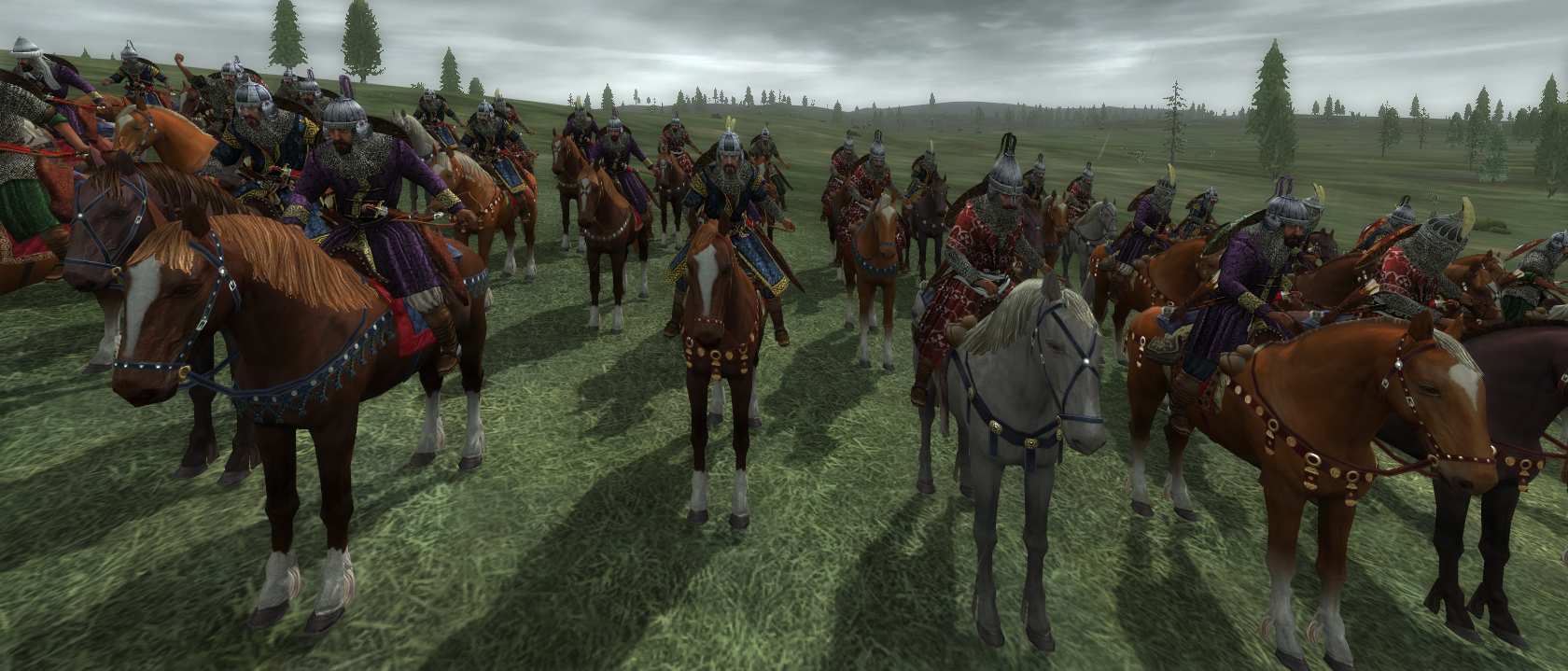
SCREENSHOTS
UPGRADE
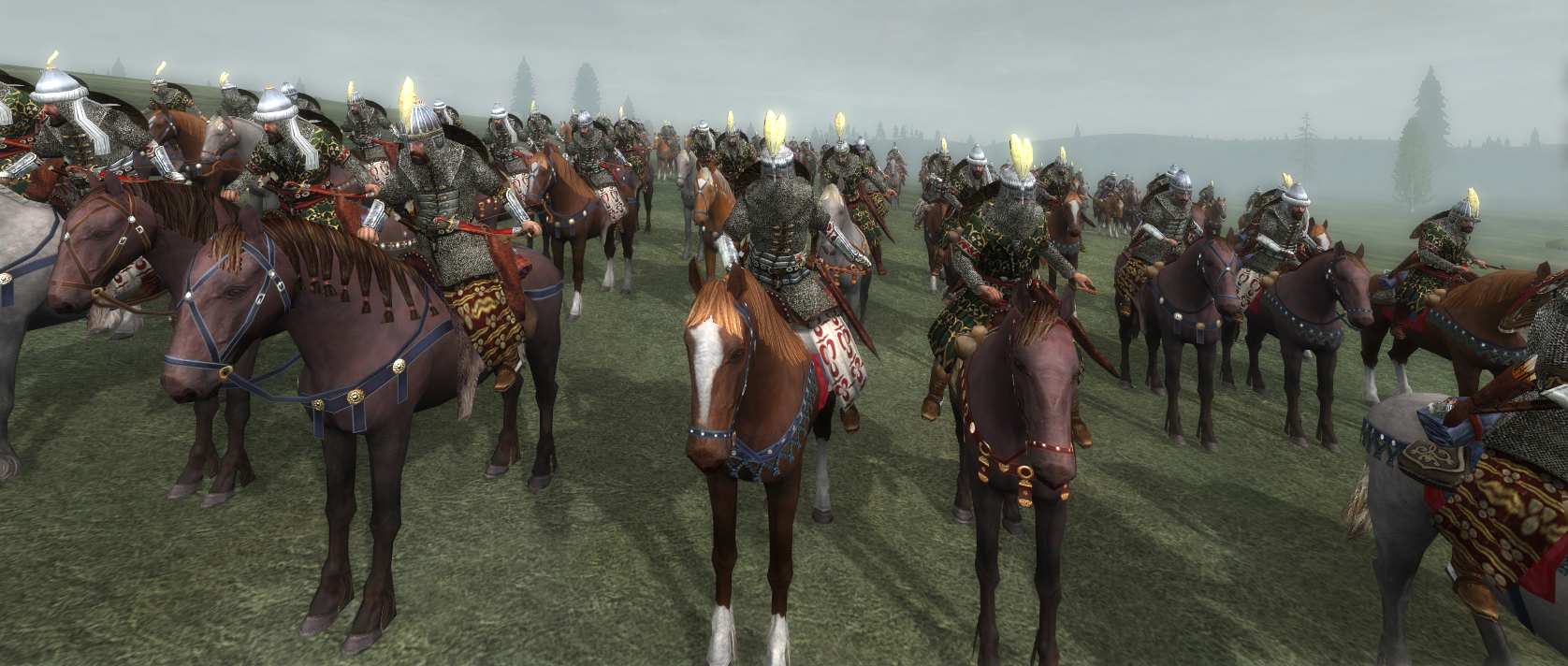
SCREENSHOTS
SIPAHI LANCERS
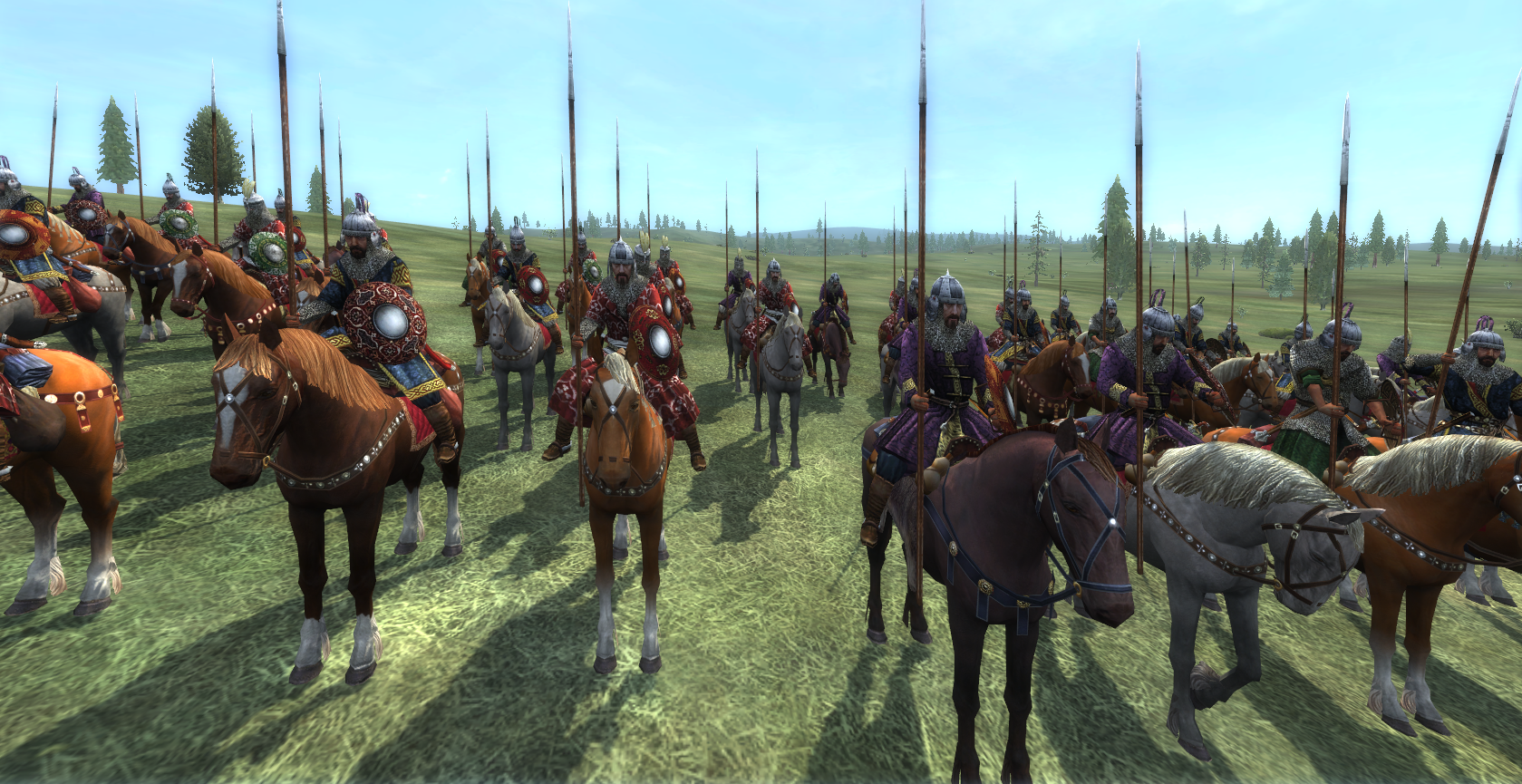
UPGRADE
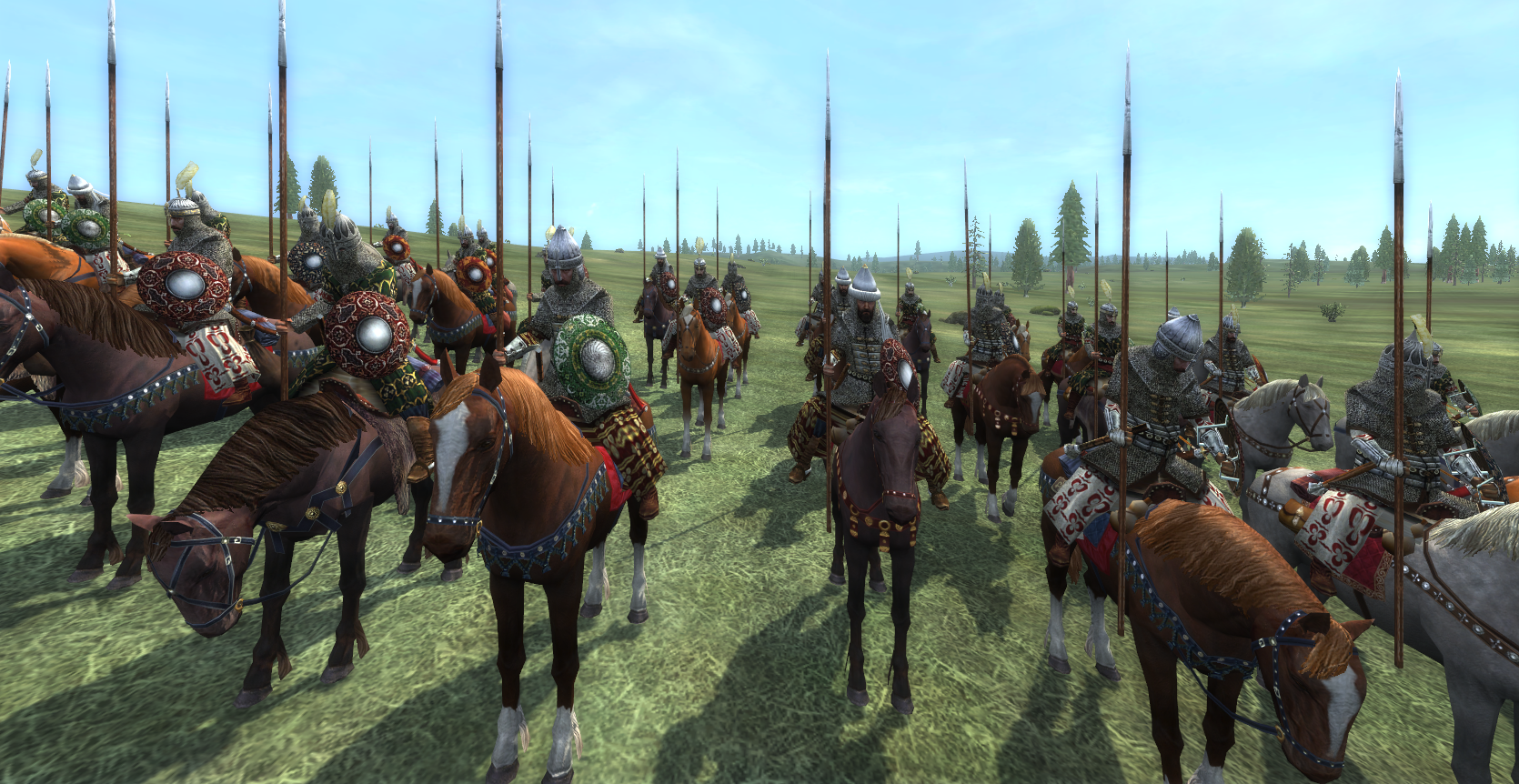 SILHADAR BODYGUARD
The Sultan's Bodyguard was known as the Silahdar Corps or "Sari Bayrak" (meaning Yellow Banner). The Silahdar Corps were the oldest of the Kapikulu cavalry. During campaigns they used to collect the background service units like müsellems and yörüks. In battles, they were positioned on the left side of the sultan and were ordered to protect the Imperial tent of the sultan. The personal bodyguards who always followed the sultan wherever he went were selected from the Silahdars. The Silahdar Corps were divided into 250 bölüks; and their numbers were 2.200 in the 16th century. Just like the other Kapikulu troops, their numbers rose thereafter: 5.000 in the late-16th century and 7.500 in the early-17th century.
SILHADAR BODYGUARD
The Sultan's Bodyguard was known as the Silahdar Corps or "Sari Bayrak" (meaning Yellow Banner). The Silahdar Corps were the oldest of the Kapikulu cavalry. During campaigns they used to collect the background service units like müsellems and yörüks. In battles, they were positioned on the left side of the sultan and were ordered to protect the Imperial tent of the sultan. The personal bodyguards who always followed the sultan wherever he went were selected from the Silahdars. The Silahdar Corps were divided into 250 bölüks; and their numbers were 2.200 in the 16th century. Just like the other Kapikulu troops, their numbers rose thereafter: 5.000 in the late-16th century and 7.500 in the early-17th century.
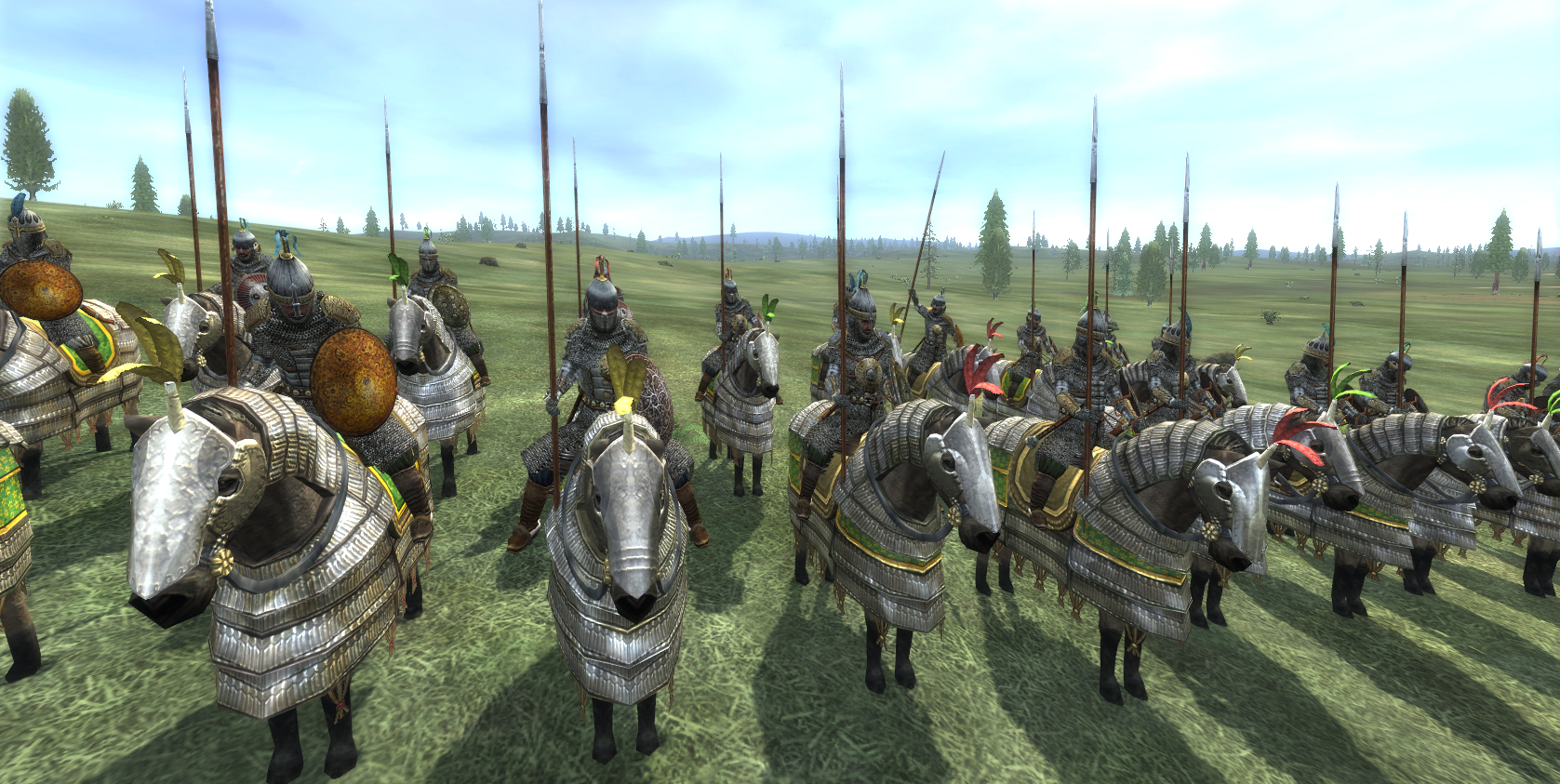
SCREENSHOTS
If you guys enjoyed this preview and would like to see the mod released earlier, give us a hand...!!! There are more previews to be done for previously unreleased factions and completely redone factions. We have a brand new active team and we are seeking more help. We are looking for people to help with unit importing, 2D art, unit making and RR/RC implementation. We are determined to finish this work so join us to make this a reality!
Credits 








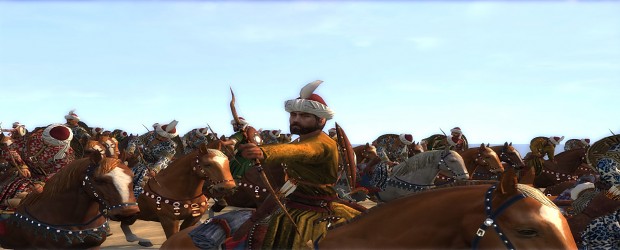
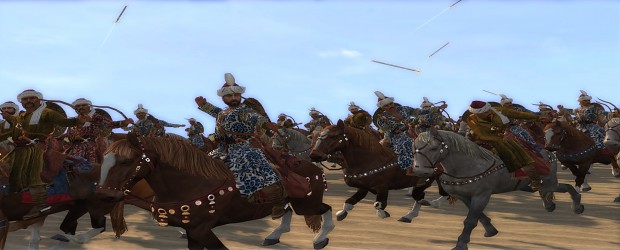
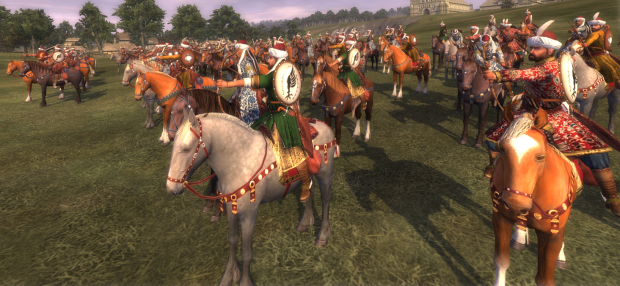
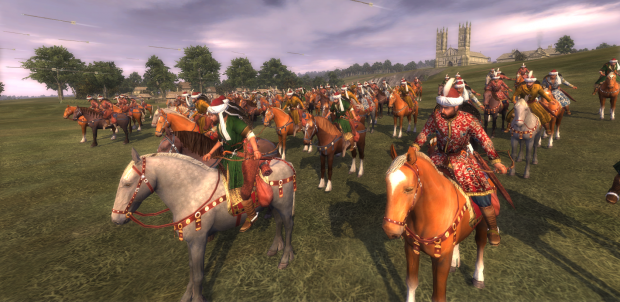

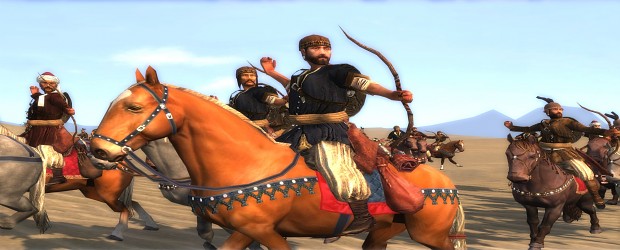
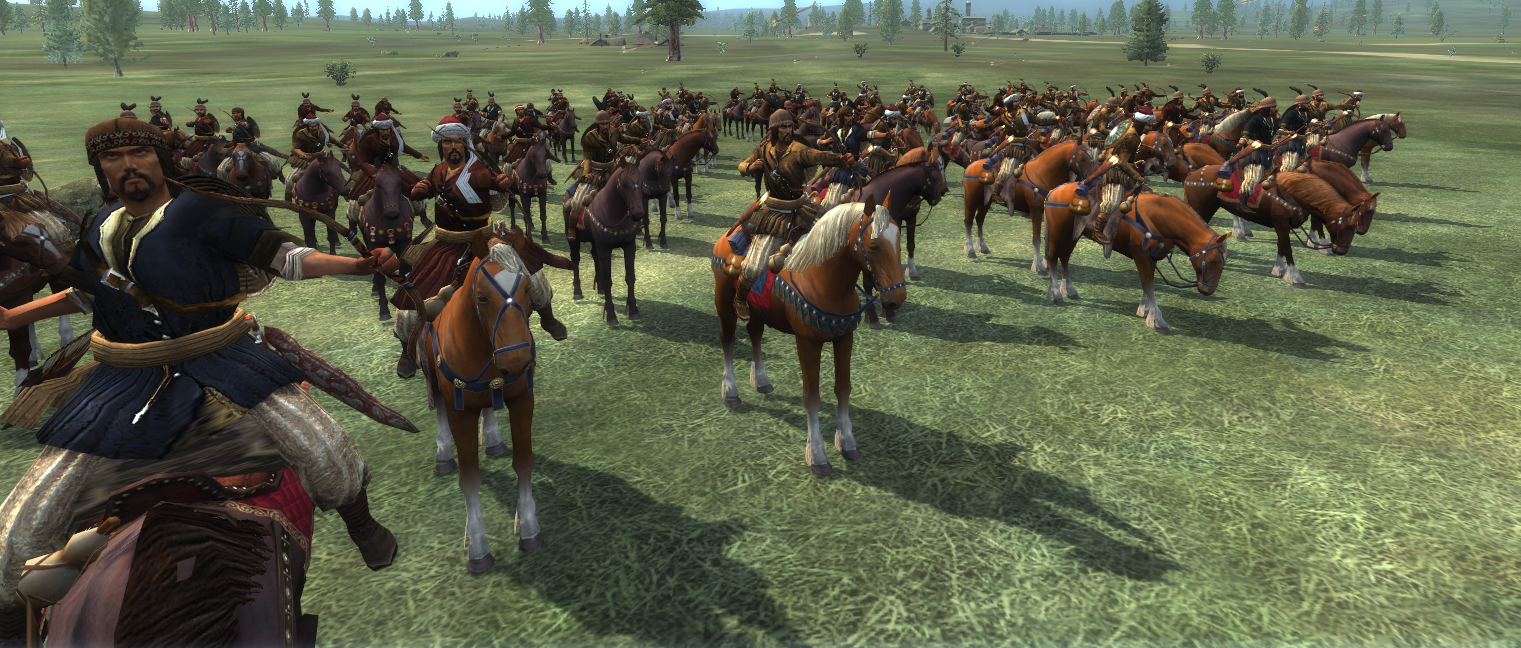



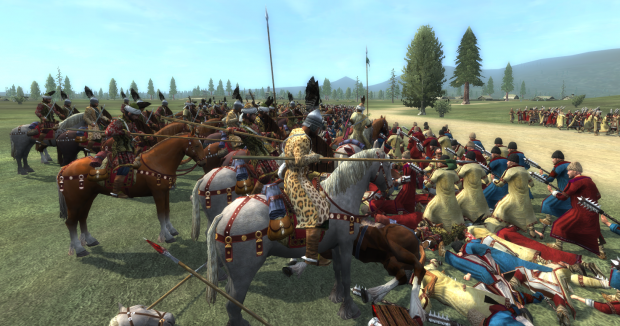


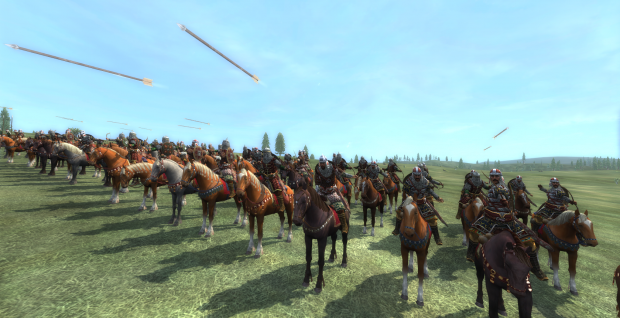
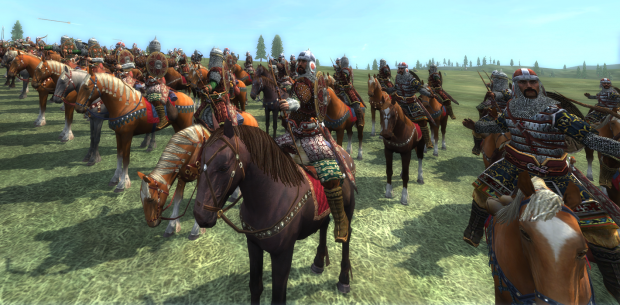

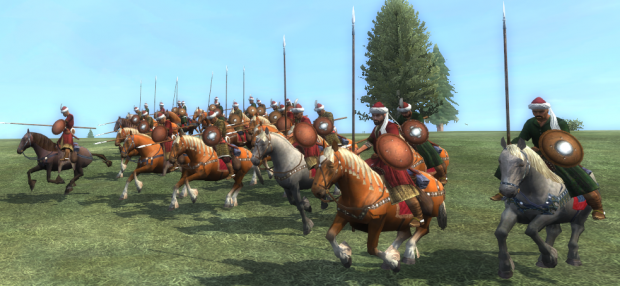
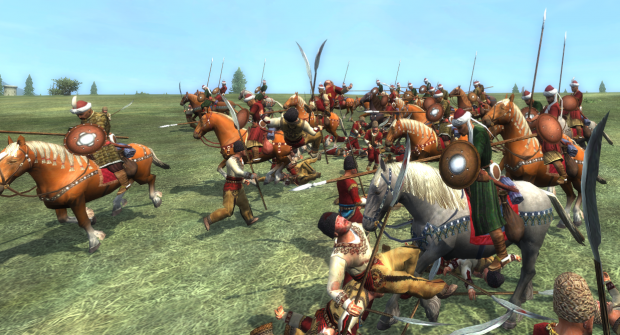
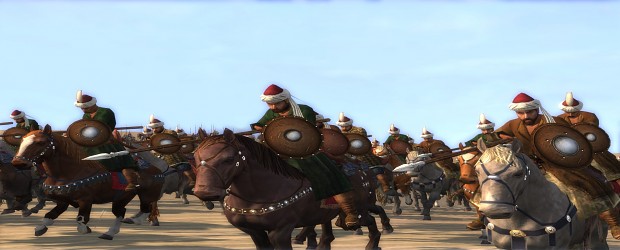

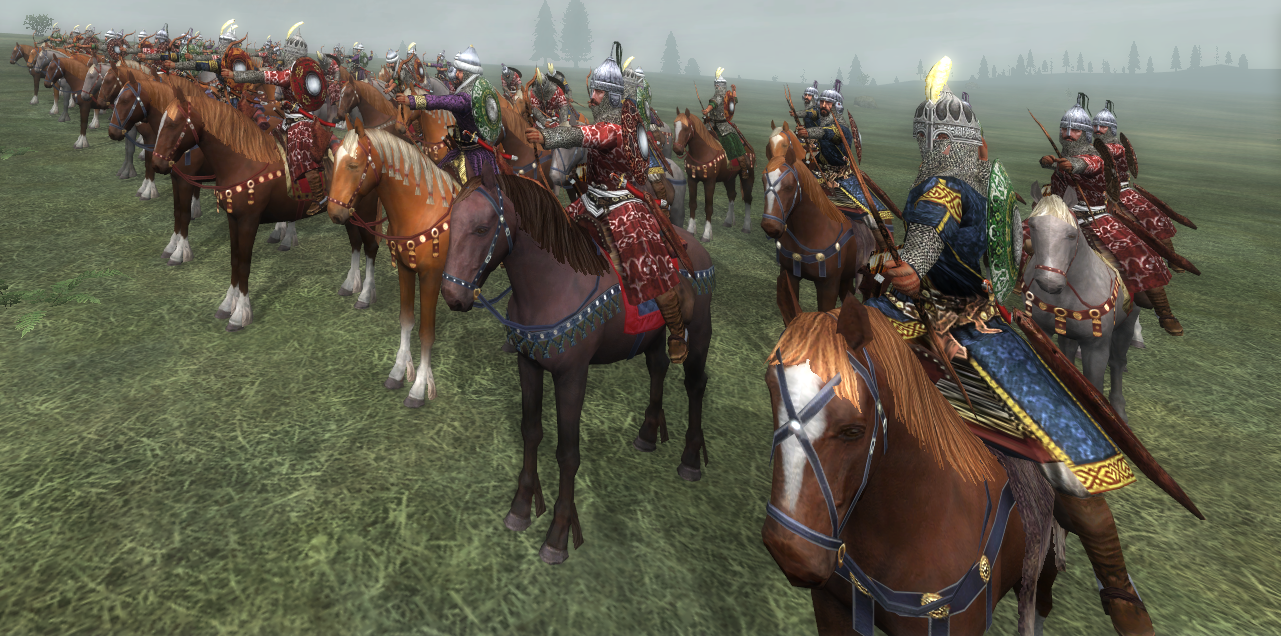
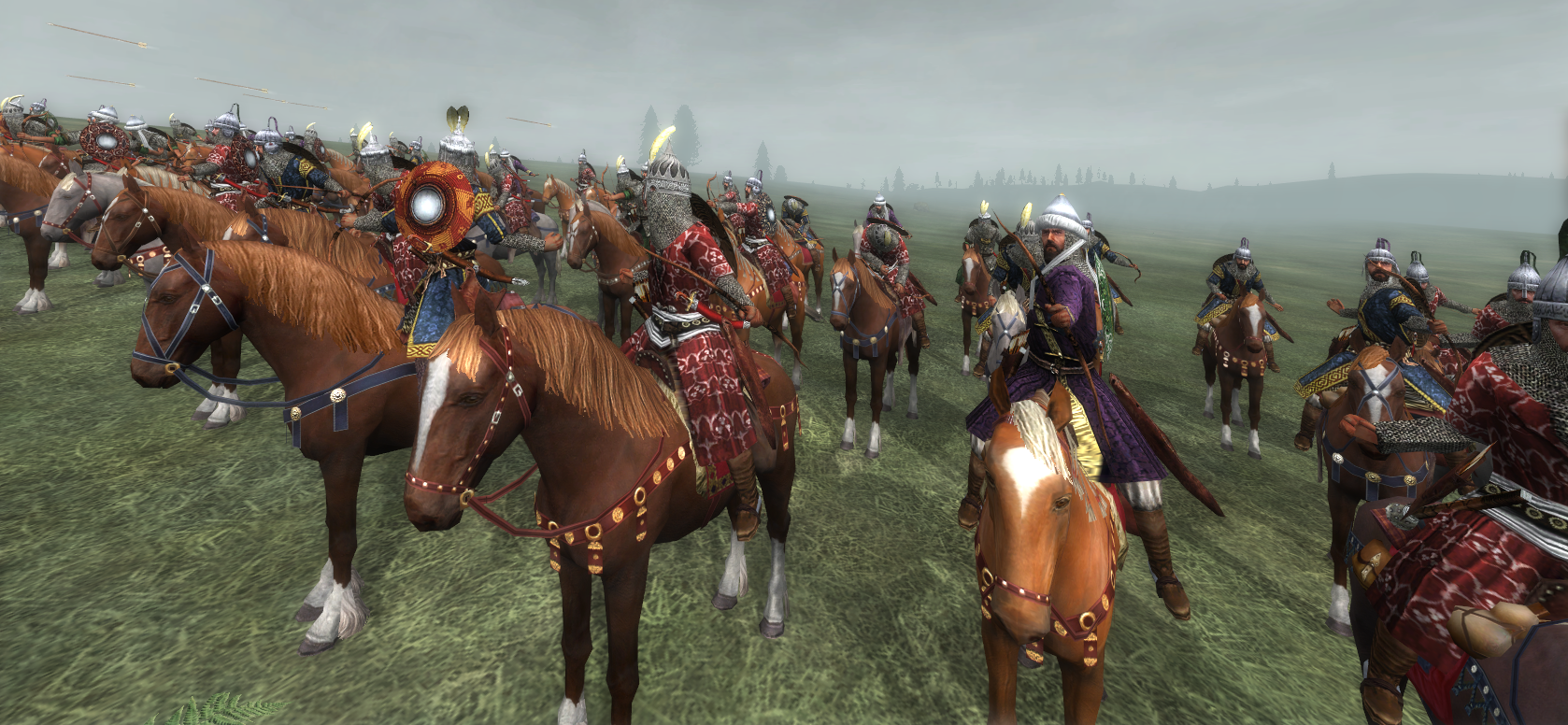

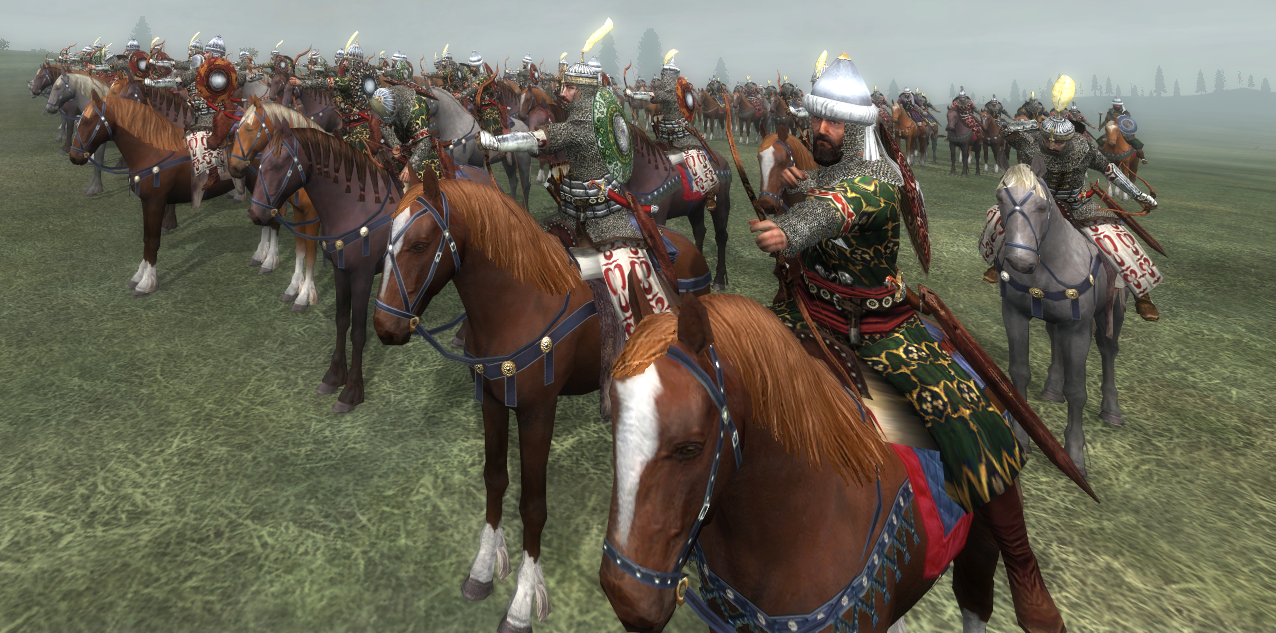
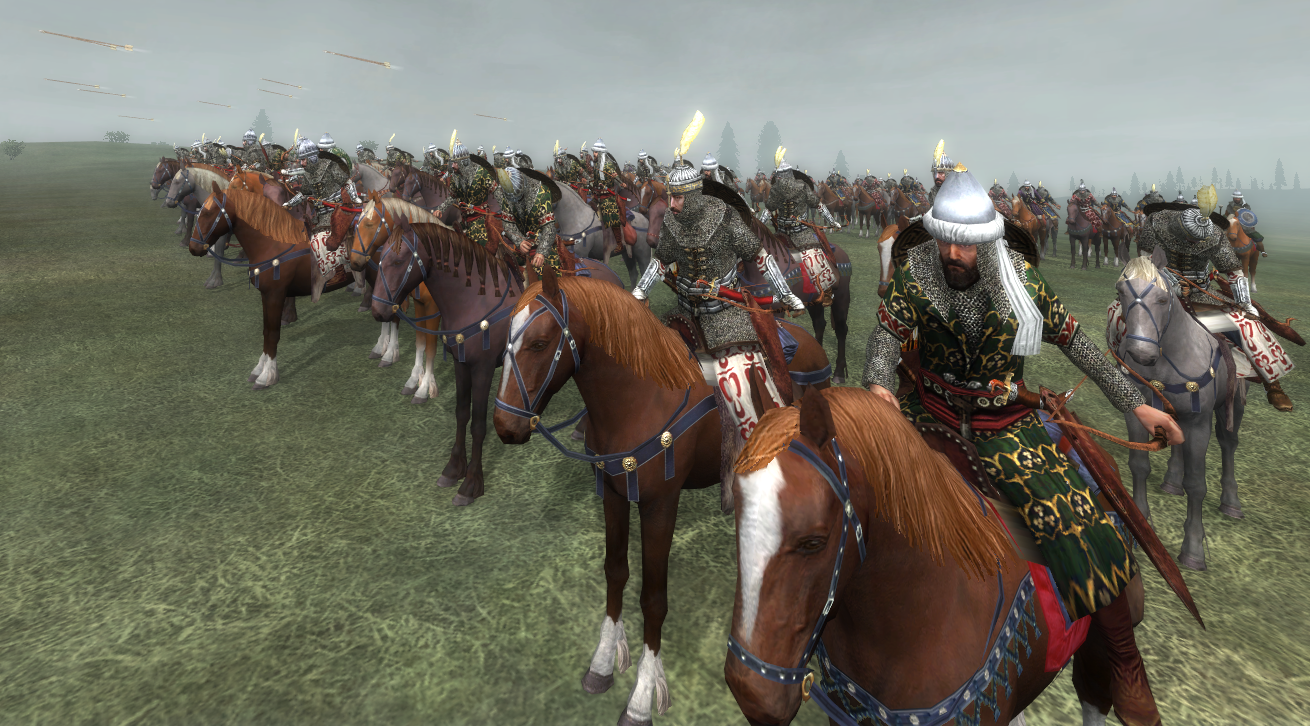

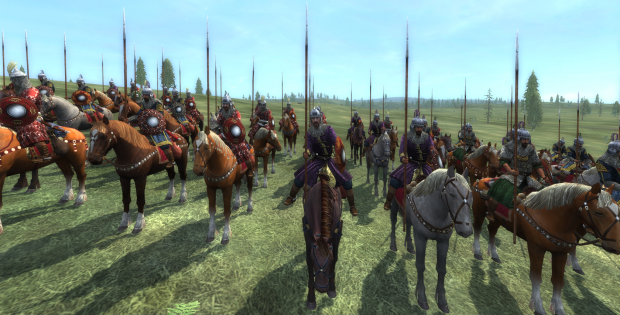
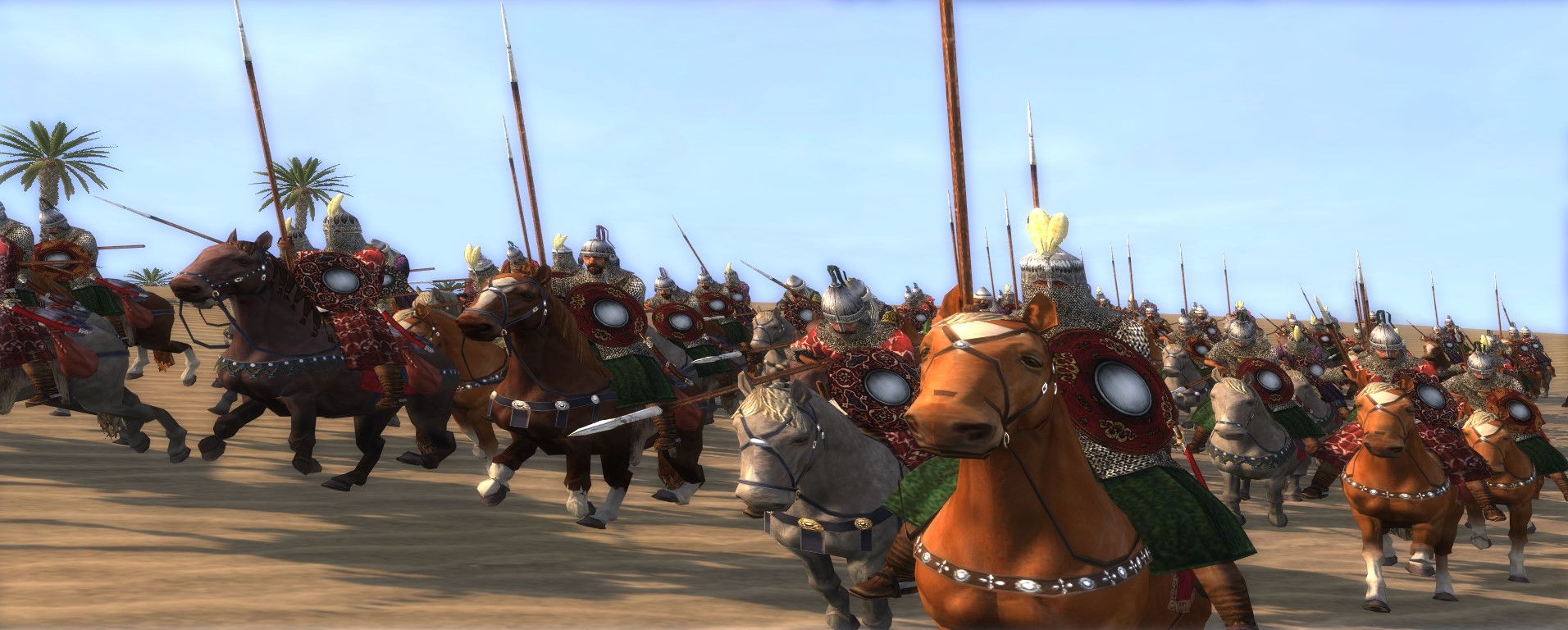
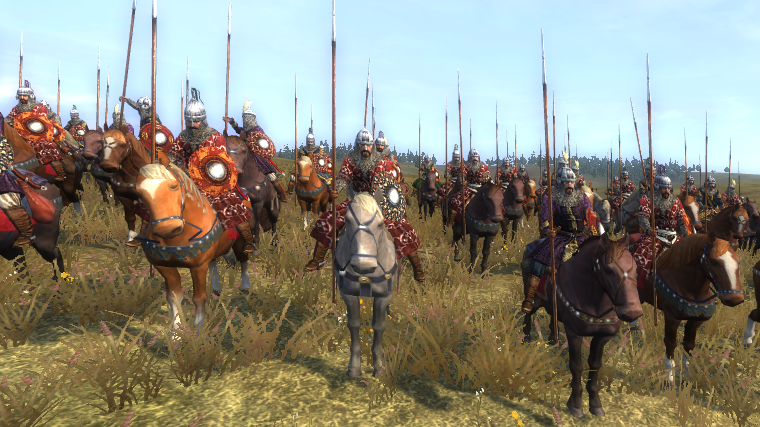
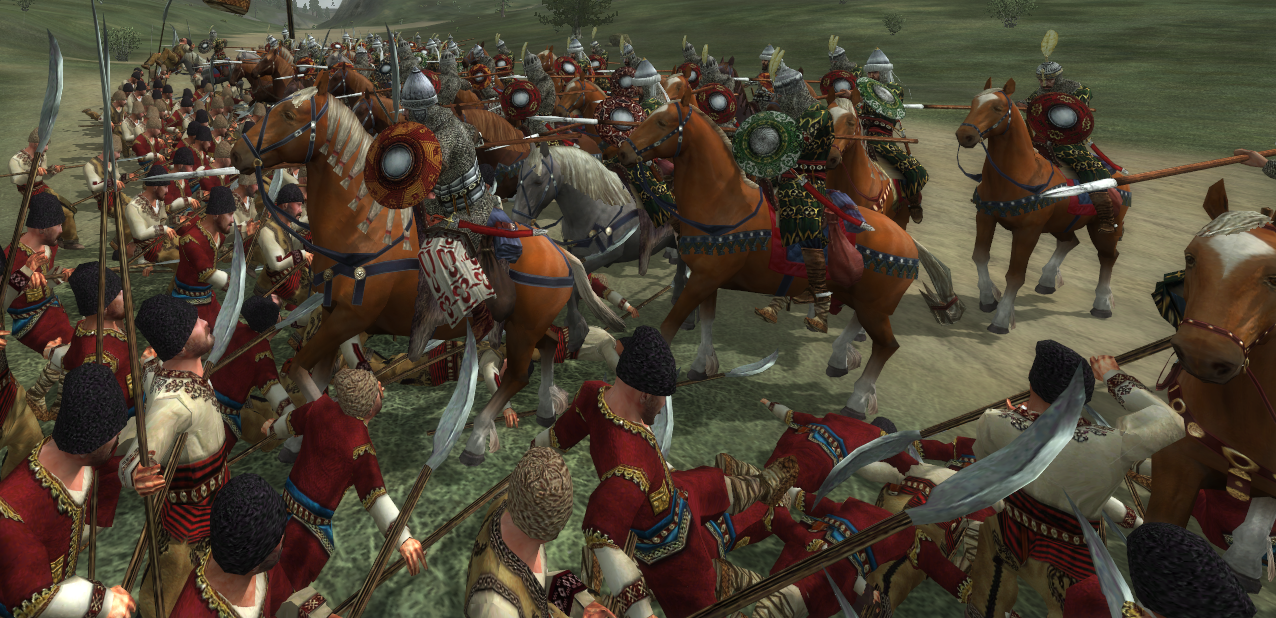

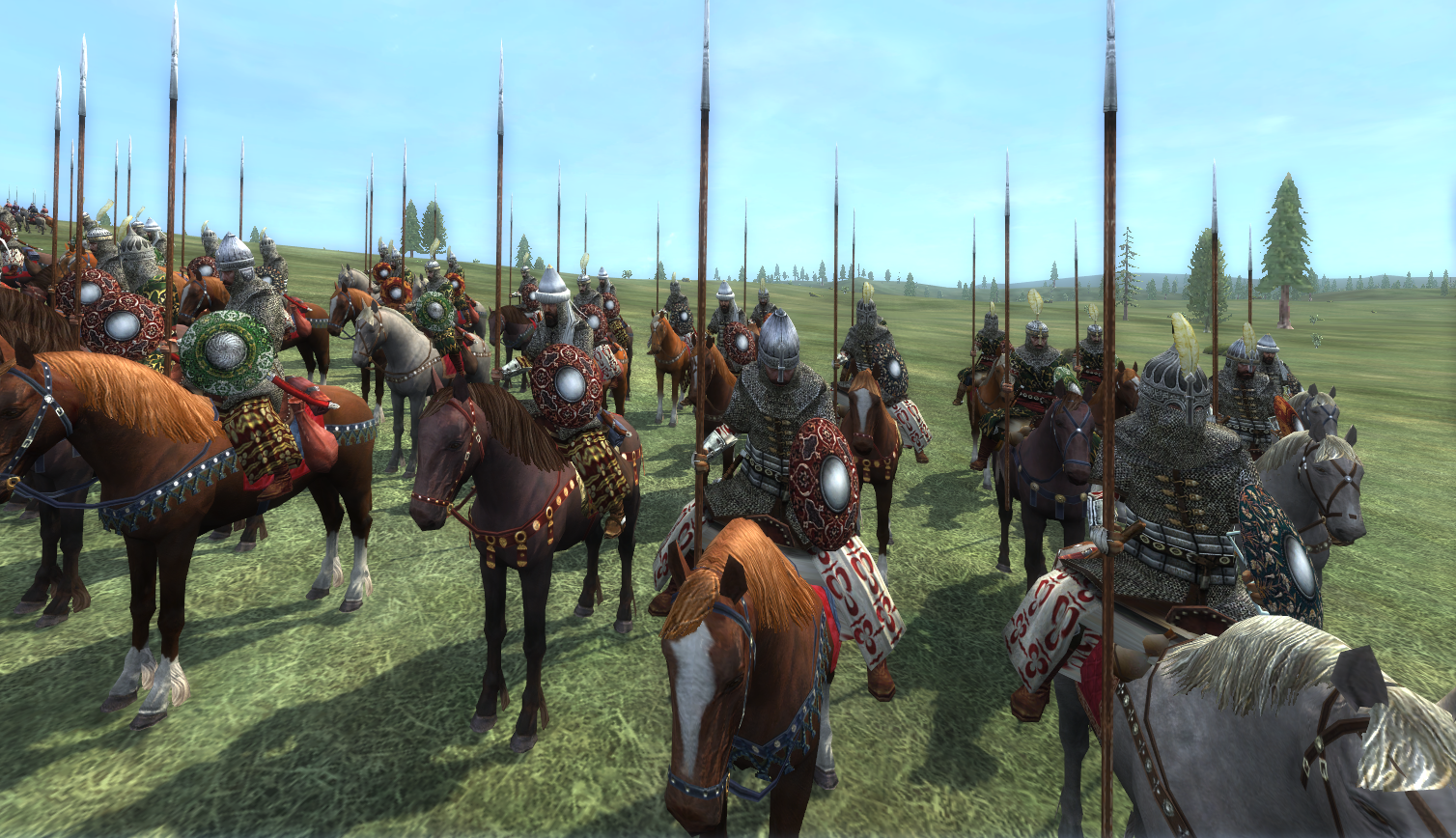

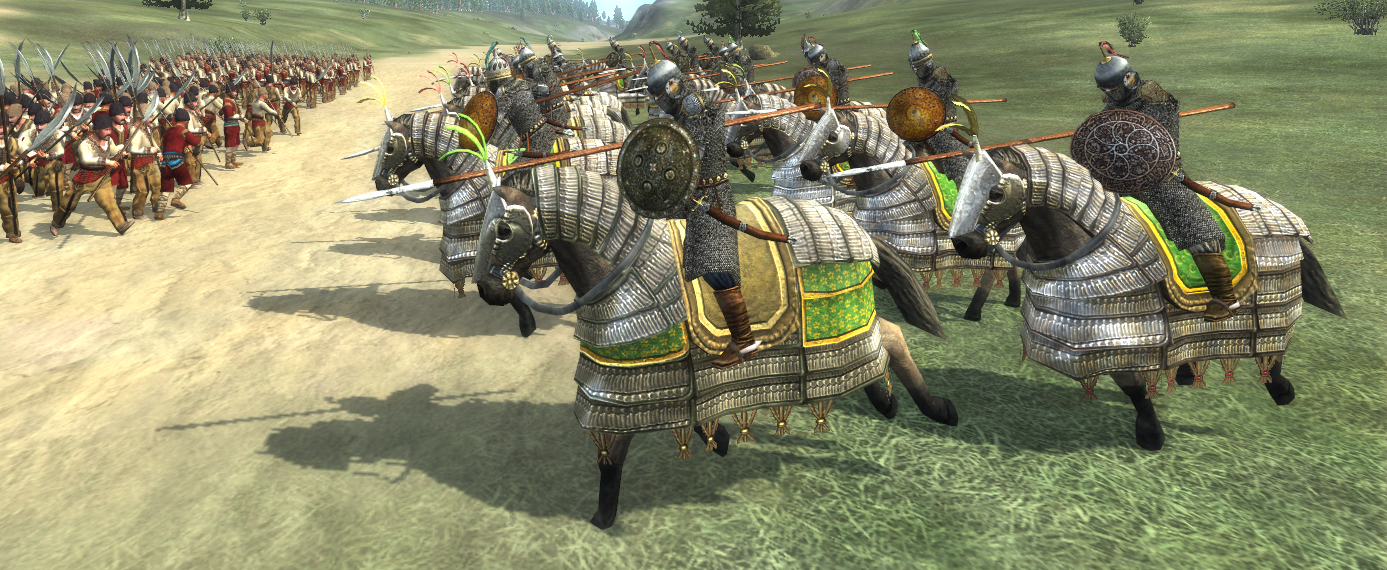
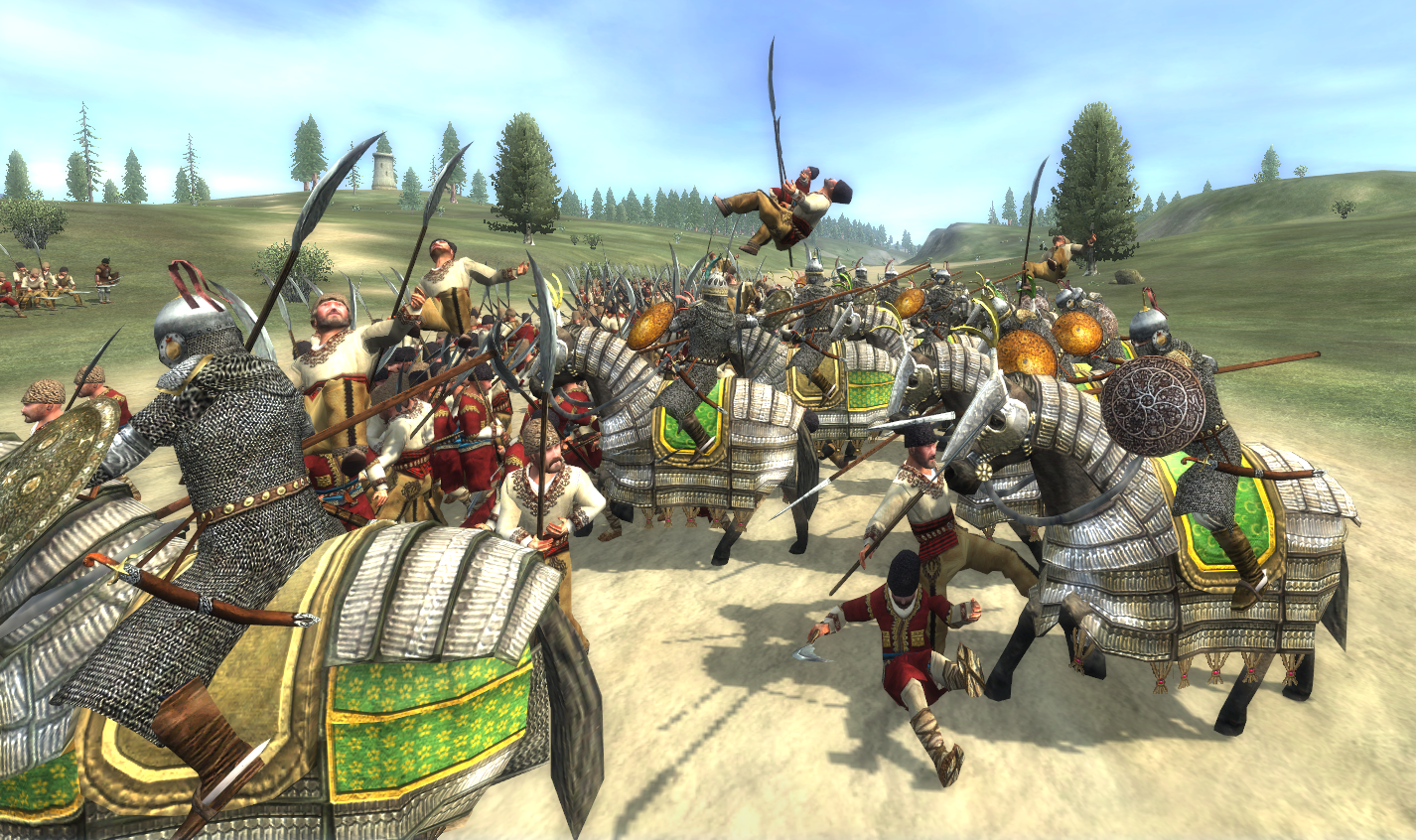
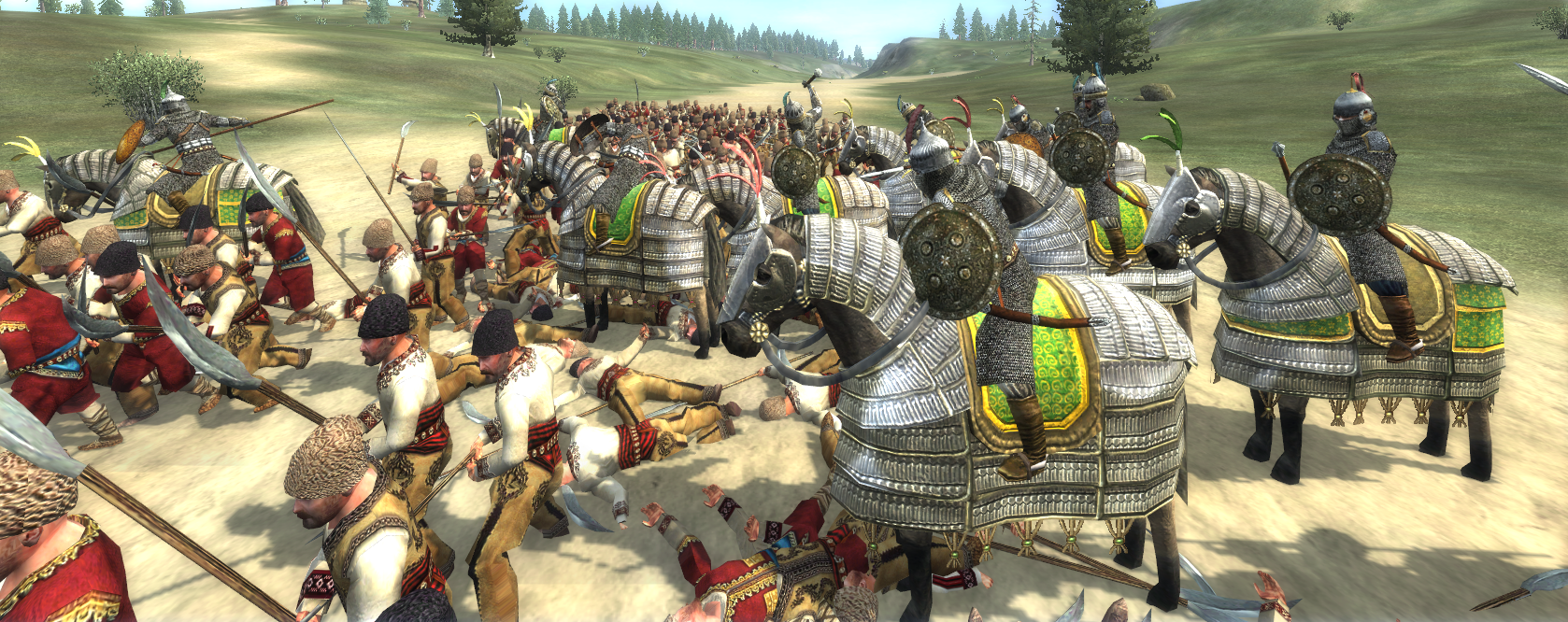
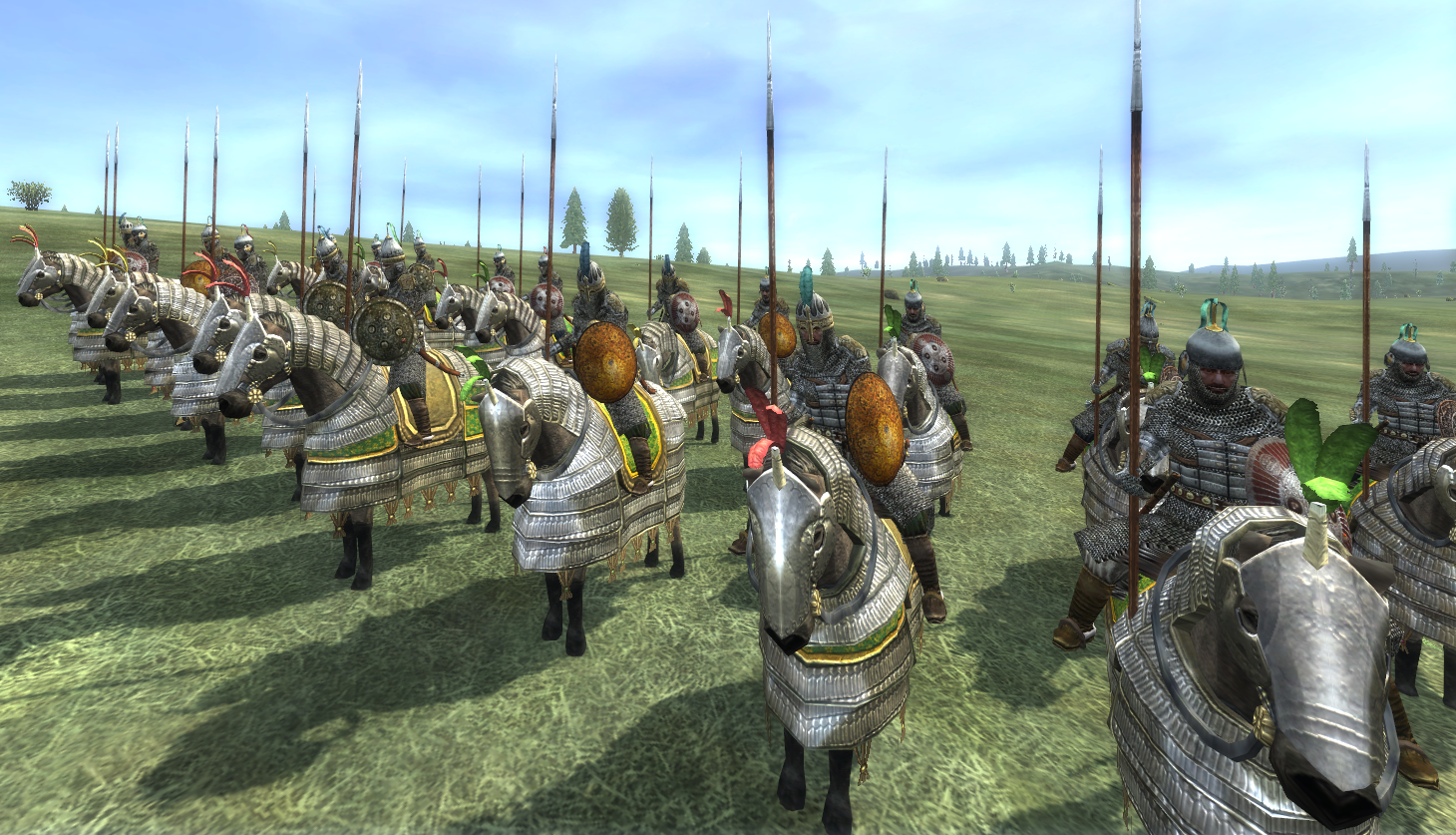

 Reply With Quote
Reply With Quote





